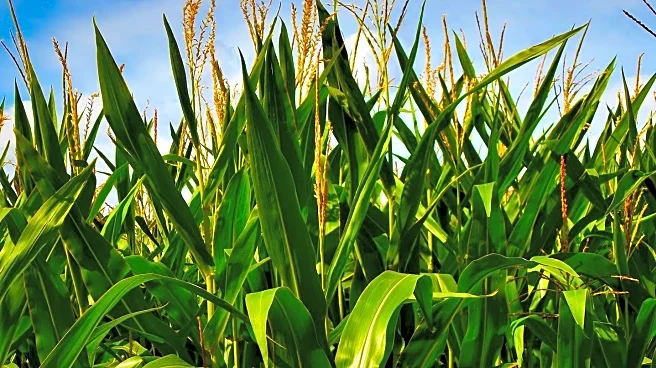What's Happening?
Minnesota is experiencing a unique autumn season with warmer weather causing atypical blooms. Flowers that usually do not appear during this time are now visible, altering the typical seasonal landscape. This change is attributed to the warmer temperatures
that have persisted, affecting the natural cycle of plant life in the region.
Why It's Important?
The unusual blooming patterns in Minnesota highlight the broader impacts of climate variations on local ecosystems. These changes can affect agriculture, tourism, and local biodiversity, potentially leading to shifts in economic activities related to these sectors. Understanding these patterns is crucial for farmers and environmentalists as they adapt to changing conditions that could influence crop yields and conservation efforts.
What's Next?
Experts may conduct further studies to assess the long-term implications of these weather patterns on Minnesota's flora and fauna. Local authorities and environmental groups might implement strategies to mitigate any adverse effects on agriculture and natural habitats. Public awareness campaigns could be launched to educate residents about the importance of adapting to these changes.
Beyond the Headlines
The warmer autumn could signal broader climate shifts that may affect Minnesota's weather patterns in the future. This could lead to discussions on climate resilience and the need for sustainable practices to protect the state's natural resources.














